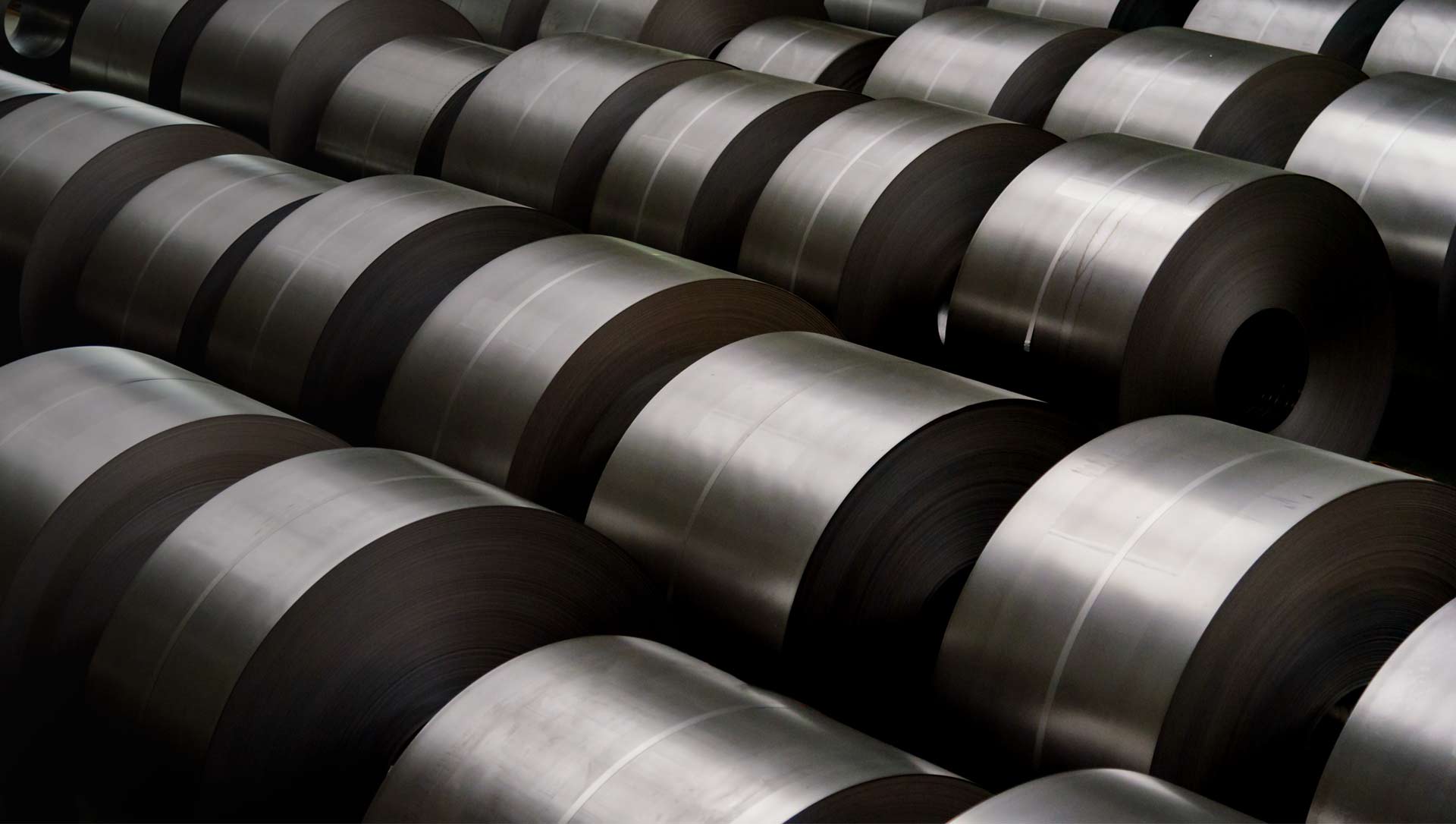
How the Right Hand Tool Changes the Way You Work, Not Just What You Do
Every trade has its turning point, the moment you stop wrestling with materials and start moving with them. That shift doesn’t happen by chance. It happens when your tools stop getting in the way and start working with you.
The right hand-tool doesn’t just improve what you make. It changes how you move, how you think, and how you feel about the work itself.
The Moment Everything Clicks
You know it when it happens. The cut glides effortlessly. The motion feels natural. The sound of the blade against the material is smooth, almost musical.
That’s not luck, it’s design. The right tool amplifies your skill. It gives feedback through vibration, tension, and balance. You start working by feel instead of force.
That’s when craftsmanship becomes rhythm.
Precision Without Effort
With the right hand-tool, accuracy isn’t forced; it’s built in. You stop overcorrecting, stop second-guessing. Each motion finds its mark the first time.
It’s not about being faster, it’s about being sure. Professionals don’t rely on luck or adjustments; they rely on tools that keep their promise every single time.
You start noticing the difference everywhere:
- Cuts that end clean, not torn.
- Edges that align perfectly without sanding.
- Pressure that feels lighter because balance does half the work.
You realize you’re not tired at the end of the day, you’re satisfied.
A Relationship, Not a Routine
Good tools aren’t just metal and handles. They’re memory. They remember the way you work and respond to it over time. A handle polishes to your grip, a blade takes your rhythm.
This connection deepens your respect for the craft itself. Suddenly, even simple tasks feel intentional.
And that’s where mastery begins, not in the complexity of what you do, but in the clarity of how you do it.
The Right Tool Changes Everything
It’s easy to underestimate the effect of the right hand-tool. It doesn’t just improve results, it reshapes your process. It turns the repetitive into the rewarding.
Your hands start trusting again. Your mind stops rushing. The work feels less like labor and more like language. That’s what happens when craftsmanship and precision meet. The tool becomes invisible, and all that remains is flow.





